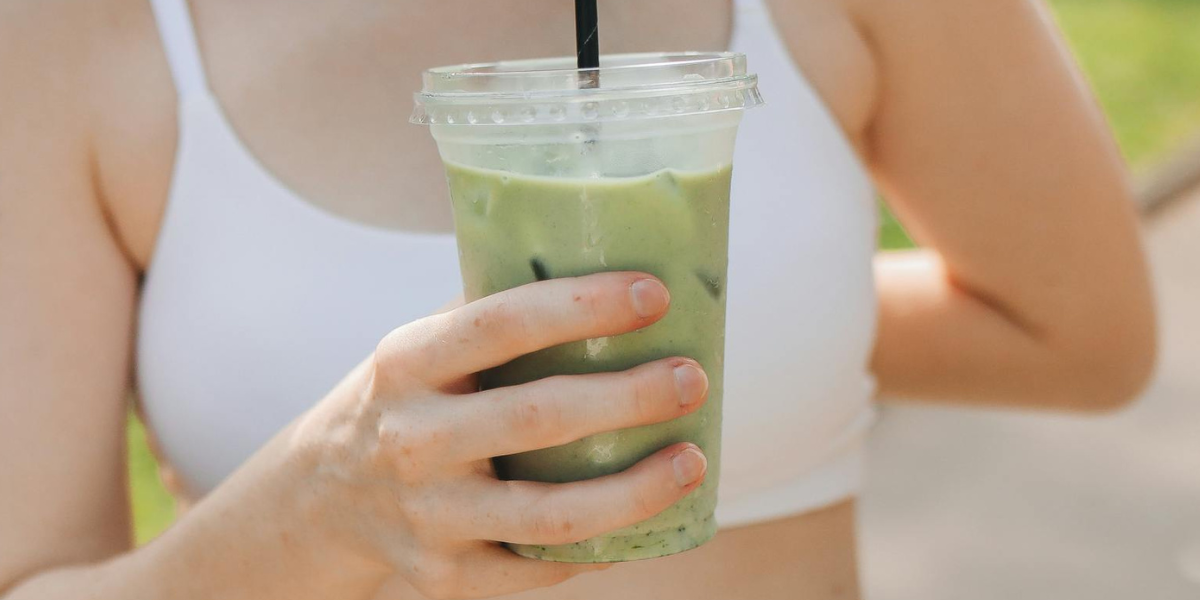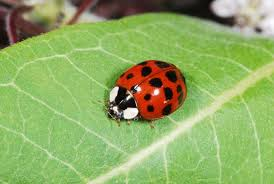The Matcha Problem: When a Viral Drink Trend Meets Real-World Shortages

From Instagram aesthetic to supply-chain stress
Matcha, the finely ground green tea powder that became a global lifestyle symbol over the past decade, is facing an uncomfortable comedown. Cafés and beverage brands from Tokyo to New York report tighter supplies and higher prices for premium-grade matcha just as social media keeps pushing more elaborate drinks, desserts and “wellness” routines built around it. A trend that began with minimalist lattes has expanded into neon-green croissants, protein shakes and skin-care products, fuelling demand beyond what traditional producers in Japan’s tea-growing regions can easily supply. For many small tea farmers already coping with rising labour costs and climate pressure, the boom has become a mixed blessing.
The most sought-after matcha comes from carefully shaded tea bushes, handpicked and stone-ground in limited batches. That process is slow and expensive, and it depends on generational expertise that cannot be scaled up overnight. As orders surged from overseas chains and online retailers, some suppliers turned to lower-grade leaves or blended powders from multiple regions to keep shelves stocked. Consumers may not notice the difference in a sugary drink, but connoisseurs say the flavour profile—delicate sweetness balanced with bitterness—is harder to find. The rush has also intensified land-use conflicts in parts of Japan where younger workers are scarce and extreme weather is making harvests less predictable.
Online, matcha’s image remains flawless. Influencers promote it as a miracle ingredient, promising calmer focus than coffee, better skin, faster metabolism and even a kind of aesthetic discipline. That marketing has encouraged home rituals that rely on constant consumption: colour-coordinated whisks, specially glazed bowls and daily pour videos designed for algorithmic success. Yet nutrition experts note that many viral matcha recipes add large amounts of sugar, cream and flavoured syrups, turning a traditional, relatively simple drink into something closer to a dessert. The gap between matcha as wellness symbol and matcha as industrial product is widening.

The strain is also reshaping how tea culture travels. Some Japanese producers welcome the new attention but worry that overseas demand focuses more on image than on the agricultural reality behind each tin. They point out that careful shading, harvesting and grinding all require investment in people and equipment, which is difficult to sustain if buyers expect low prices and constant availability. In response, a growing number of brands are trying to educate customers about grades, origin and seasonality, encouraging them to treat high-end matcha more like single-origin coffee or wine.
For everyday drinkers, the coming years may mean adjusting expectations. Cafés could limit certain elaborate menu items, raise prices or highlight smaller, curated matcha offerings rather than endless variations. If shortages persist, some chains may pivot to other green-hued flavours that are cheaper and easier to source, such as spinach or spirulina blends dressed up to look like the real thing. The story of matcha’s rise and strain illustrates a broader pattern in modern food culture: global platforms can turn a regional ingredient into a lifestyle idol in a few seasons, but the farms, workers and ecosystems behind it move on a much slower clock.





















